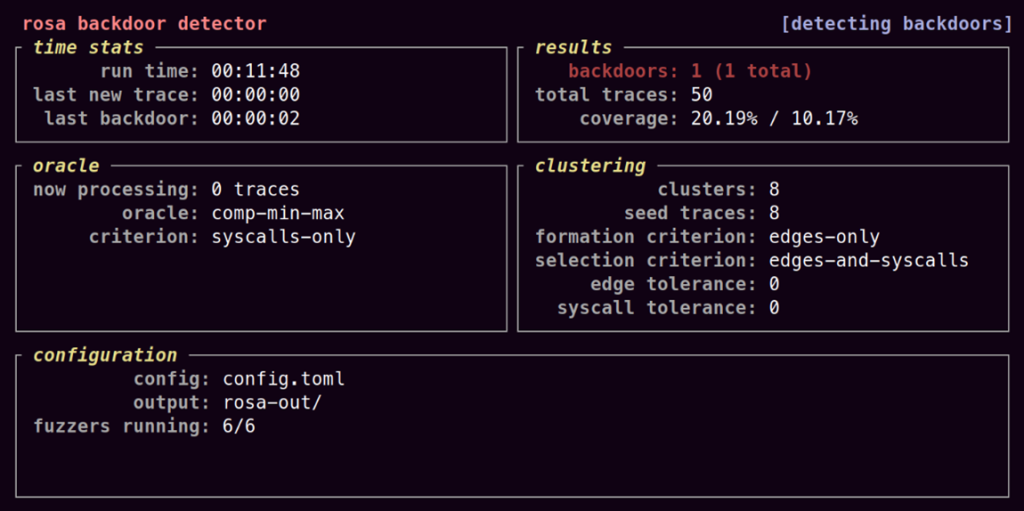Routers, cameras, and other IT equipment contains electronic components that run on software often provided by manufacturers in binary code only. This kind of software generally contains reusable code—sometimes thousands of lines of it. And, since much of this code comes from publicly-available online repositories, the software supply chain is especially hard to control. Malware can be introduced through backdoors. One-day attacks, which exploit known vulnerabilities in widely-used code, can be launched. Both create significant risks for systems.
Fuzzing, or fuzz testing, is an automated technique for testing software in a large number of scenarios to uncover real vulnerabilities. AFL++ and other modern fuzzing tools have been proven to successfully reveal vulnerabilities in a wide variety of programs of all types and sizes. CEA-List is developing new techniques that can be used alongside these versatile and powerful tools. One of them, advanced fuzzing, is designed to detect more complex and better-hidden vulnerabilities, such as those that enable software supply chain attacks.
CEA-List’s ROSA was developed specifically to detect backdoors, with a focus on vulnerabilities in communications protocols (routers and publicly-available software components used in network management).
These advanced fuzzing techniques were developed via French and international multi-partner research projects ANR JCJC BACKED (2023-2027) and ANR PTCC SECUBIC (2025-2028).
Advanced fuzzing offers several main advantages:
